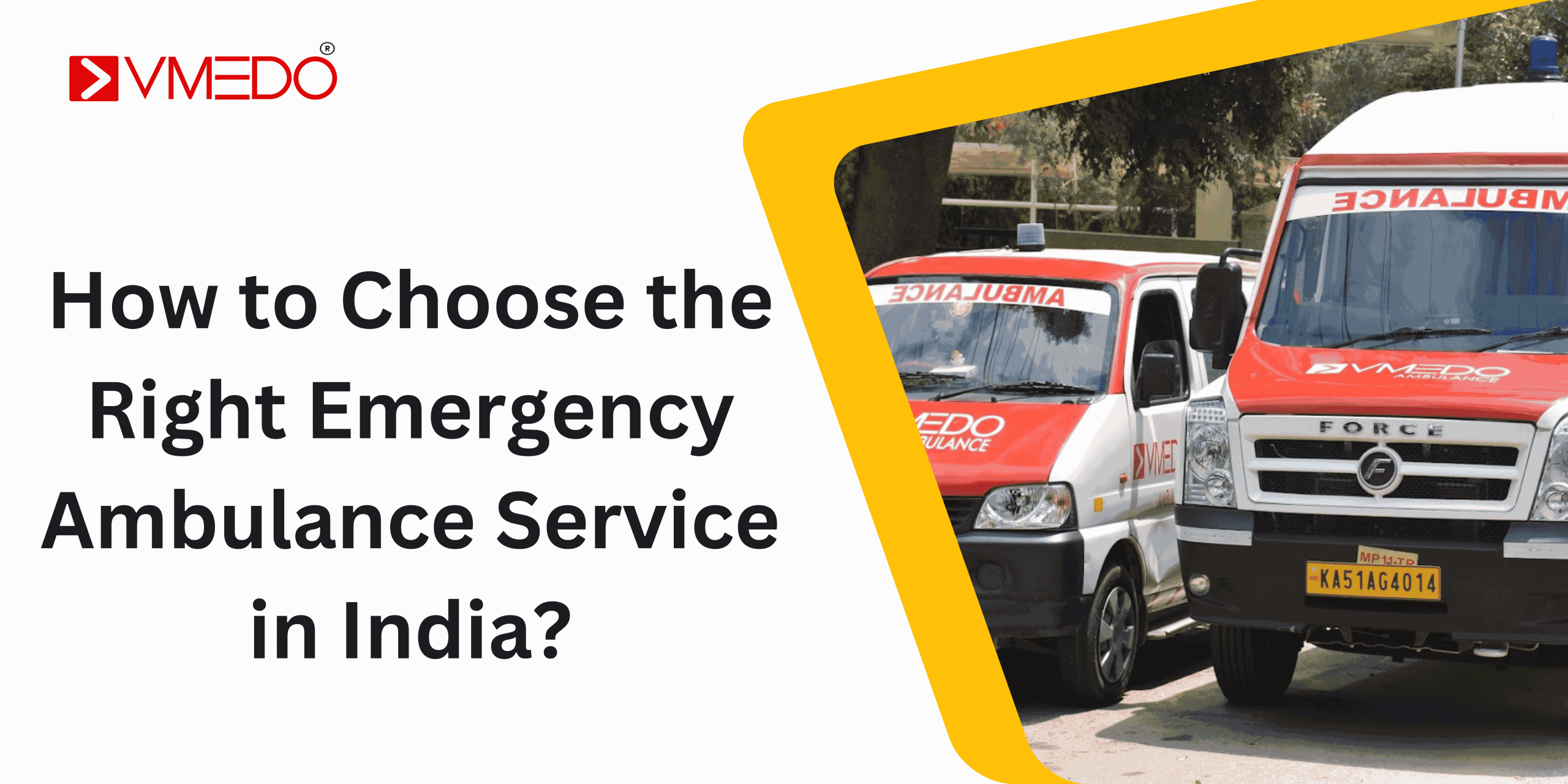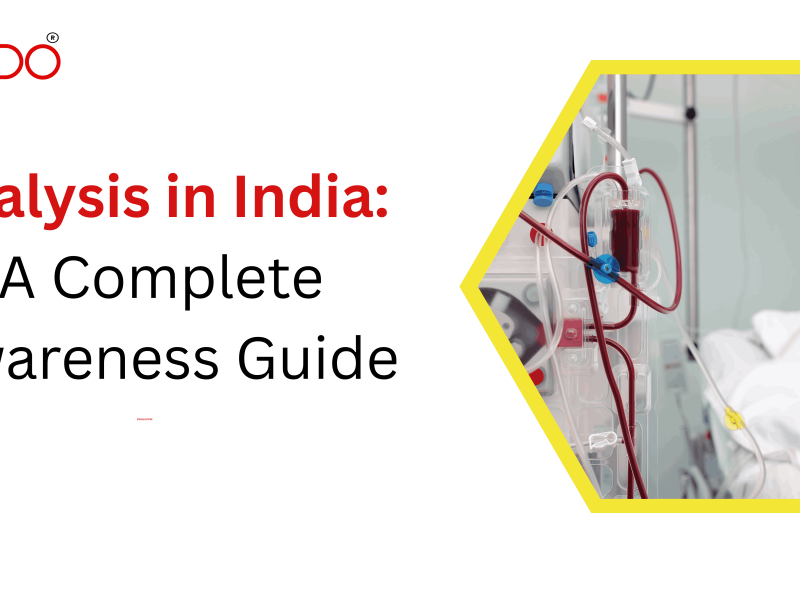In a country as vast and diverse as India, medical emergencies can unfold anywhere—on a crowded highway, in a remote village, or within the walls of your own home. In these moments, knowing how to choose the right emergency ambulance service in India can literally mean the difference between life and death. It’s not just about calling any available vehicle—it’s about ensuring that the right team, equipment, and response time are in place to provide immediate care and safe transport to a hospital.
With the rise of both government and private ambulance providers, the choices are plenty—but so are the risks of making the wrong one. Poorly equipped ambulances, untrained staff, or delayed response can turn a medical crisis into a tragedy. This guide is designed to help you understand the different types of ambulance services available, what to look for in a provider, and how to make an informed decision when every second counts.
By the end of this article, you’ll be equipped with the knowledge to confidently select the right ambulance service—ensuring that when an emergency arises, you and your loved ones are never left unprepared.
What Is an Emergency Ambulance Service?
An emergency ambulance service is a medical transportation service equipped to respond to urgent health situations. These services provide pre-hospital care, patient stabilization, and quick transportation to the nearest or most suitable hospital. In India, they are usually accessed via helpline numbers like 108, 102, or private provider numbers 9343-180000.
These services are the first responders in cases of:
-
Road accidents
-
Cardiac arrest
-
Stroke
-
Seizures
-
Severe trauma
-
Maternal emergencies
-
Covid-related emergencies
-
Neonatal emergencies
Types of Ambulances in India
Choosing the right ambulance depends on the nature of the medical emergency. Here’s a breakdown of the common types:
A. Basic Life Support (BLS) Ambulance
-
Used for non-critical patients
-
Equipped with stretcher, oxygen, and first aid
-
Staffed by trained drivers and basic healthcare personnel
B. Advanced Life Support (ALS) Ambulance
-
For critical emergencies
-
Includes cardiac monitors, defibrillators, IV equipment, ventilators
-
Staffed by paramedics and nurses
C. Neonatal Ambulance
-
Designed for transporting newborns in critical condition
-
Equipped with incubators and neonatal ventilators
-
Staffed by pediatric specialists
D. Air Ambulance
-
Used for long-distance or rural transfers
-
Helicopter or fixed-wing aircraft
-
Fully equipped like an ICU
E. Mortuary Ambulance / Hearse Van
-
For transporting deceased individuals
-
May have freezer box option for long-distance transfers
F. ICU on Wheels
-
Full mobile intensive care unit
-
Life-saving for patients needing ventilator and constant monitoring
Why Choosing the Right Ambulance Service Matters
Many people believe any ambulance is good enough, but this isn’t true. Choosing the wrong ambulance service can lead to:
-
Delays in arrival
-
Improper equipment
-
Untrained staff
-
Overcharging
-
Refusal to service remote or specific areas
In contrast, a reliable ambulance service ensures:
-
Quick response time
-
Expert medical attention during transit
-
Direct contact with hospitals
-
Smooth coordination with emergency rooms
Key Factors to Consider When Choosing an Ambulance Service
A. Availability and Response Time
-
How quickly can the ambulance reach your location?
-
Do they operate 24/7?
-
Are they available in your locality or rural areas?
B. Type of Ambulance Needed
-
Some services may not have all types of ambulances
C. Medical Staff on Board
-
Presence of trained paramedics or doctors
-
Special expertise (e.g., neonatal, cardiac)
D. Equipment and Technology
-
Cardiac monitors, ventilators, oxygen support, suction machine, etc.
-
Clean and hygienic interiors
E. Pricing and Transparency
-
Are the charges fixed or variable?
-
Hidden fees for distance, fuel, tolls, or night service?
-
Availability of insurance or reimbursement support
F. Accessibility
-
Is there a dedicated mobile app or hotline number?
-
Can they navigate traffic using GPS?
G. Accreditation and Licensing
-
Registered under state health authority
-
Staff trained in Basic and Advanced Life Support
H. Reviews and Reputation
-
Google reviews, social media presence
-
Word-of-mouth recommendations
Difference Between Government and Private Ambulance Services
| Feature | Government Ambulance (108/102) | Private Ambulance |
|---|---|---|
| Cost | Usually free | Paid, varies with service |
| Availability | High in metro cities | Available across cities and towns |
| Response Time | Slower due to volume | Faster and dedicated service |
| Customization | Limited | High – from BLS to Air Ambulance |
| Equipment | Basic to moderate | Basic to ICU-level |
Questions to Ask Before Booking an Ambulance
Before you confirm your booking, ask the following:
-
What is your ETA to my location?
-
What type of ambulance are you sending?
-
Are there medical professionals on board?
-
What equipment is available?
-
How much will it cost end-to-end?
-
Will you coordinate with the hospital?
Conclusion
Emergencies don’t wait. They strike when you least expect them—at home, at work, or on the road. In those high-stress, high-stakes moments, choosing the right emergency ambulance service in India can be one of the most important decisions you make. It’s not just about fast transport—it’s about having trained medical professionals, the right equipment, and a reliable system that acts with urgency and precision.
Whether it’s a basic life support ambulance for a stable patient or an ICU-equipped vehicle for critical care, knowing what to look for—response time, medical expertise, equipment, and transparency—can save precious minutes and lives. And while public services like 108 offer free emergency support, private providers often bring specialized care and faster service, especially in cities and remote areas.
But don’t wait for an emergency to make these decisions. Take action now—research trusted providers, save emergency numbers, and talk to your family about what to do in a crisis. Services like VMEDO have made it easier than ever to get access to quality ambulance care with just a phone call or a tap on your phone.



